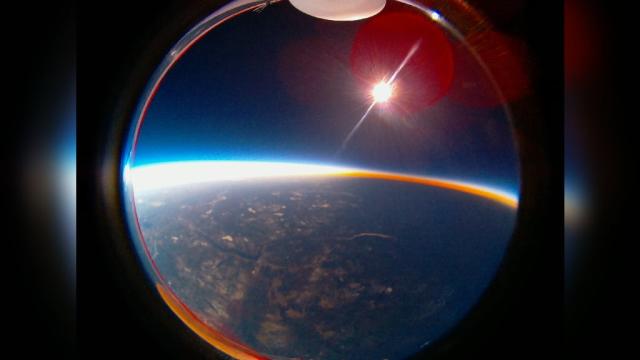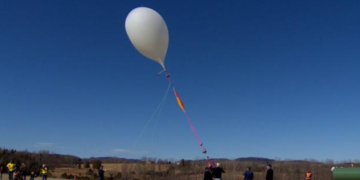Get ready for a close-up view of a celestial marvel!
Media representatives recently visited the Jet Propulsion Laboratory (JPL) to witness NASA’s Europa Clipper spacecraft firsthand.
This behemoth, soon to embark on a daring mission to Jupiter’s moon Europa, promises to revolutionize our understanding of this potentially life-supporting world.
A Decade in the Making: A Dream Nears Launch
The Europa Clipper mission is the culmination of over a decade of meticulous planning and innovative engineering. Officially confirmed in 2019, the spacecraft is currently undergoing final testing at JPL. By October 2024, it’s expected to depart for a six-year odyssey, with flybys of Mars and Earth along the way.
A Journey to a Distant World
The year 2030 marks a significant milestone for the mission. Europa Clipper will arrive at Jupiter, gracefully entering orbit. But its primary focus lies elsewhere – the captivating moon Europa. The spacecraft will perform numerous flybys, skimming as close as 16 miles (25 kilometers) from the moon’s surface. This intimate proximity will allow Europa Clipper to gather invaluable data using its suite of sophisticated science instruments.
Unveiling Europa’s Secrets
The mission’s scientific objectives are ambitious. Europa Clipper aims to pierce the veil of mystery surrounding Europa’s icy shell. Scientists are particularly interested in the vast ocean suspected to lie beneath the surface. By analyzing the data collected, they hope to determine the ocean’s depth and composition. Additionally, Europa Clipper will map the moon’s surface, investigating its geological makeup and searching for potential plumes erupting from the icy crust.
A Beacon of Hope in the Cosmos
Europa is considered a prime candidate in the ongoing quest for extraterrestrial life within our solar system. While Europa Clipper is not designed to definitively detect life, its findings will be crucial for determining the moon’s suitability for harboring life as we know it. The data collected could reveal the presence of essential ingredients for life, such as a subsurface ocean and potential hydrothermal vents spewing energy.
Equipping for Deep Space Exploration
The media event offered a glimpse into the intricate workings of the spacecraft. Reporters donned protective suits to enter the clean room where Europa Clipper is being meticulously assembled. Mission team members were also present, providing insights into the spacecraft’s design and capabilities.
A Global Endeavor!
The success of the Europa Clipper mission hinges on international collaboration. The Johns Hopkins Applied Physics Laboratory (APL) played a pivotal role in designing the spacecraft’s main body, working in tandem with JPL and NASA’s Goddard Space Flight Center. With launch just around the corner, the entire team awaits this momentous occasion with eager anticipation.

Europa Clipper: A New Chapter in Space Exploration
The upcoming launch of Europa Clipper signifies a giant leap forward in our quest to understand Europa and its potential for harboring life. This mission is a testament to human ingenuity and our unwavering desire to unravel the secrets of the cosmos.
As Europa Clipper embarks on its journey, the world waits with bated breath, eager to learn more about this captivating moon and its potential place in the grand story of life in the universe.
In summary, the Europa Clipper mission represents a culmination of over a decade of planning and engineering, poised to revolutionize our understanding of Jupiter’s moon Europa.
Scheduled to embark on a six-year odyssey in October 2024, the spacecraft will conduct intimate flybys of Europa, gathering invaluable data about its icy shell and suspected subsurface ocean.
With ambitious scientific objectives, including the search for potential signs of extraterrestrial life, Europa Clipper embodies humanity’s relentless pursuit of knowledge and exploration in the cosmos.
Supported by international collaboration and cutting-edge technology, this mission heralds a new chapter in space exploration, offering hope and anticipation as we uncover the mysteries of our solar system and beyond.



















